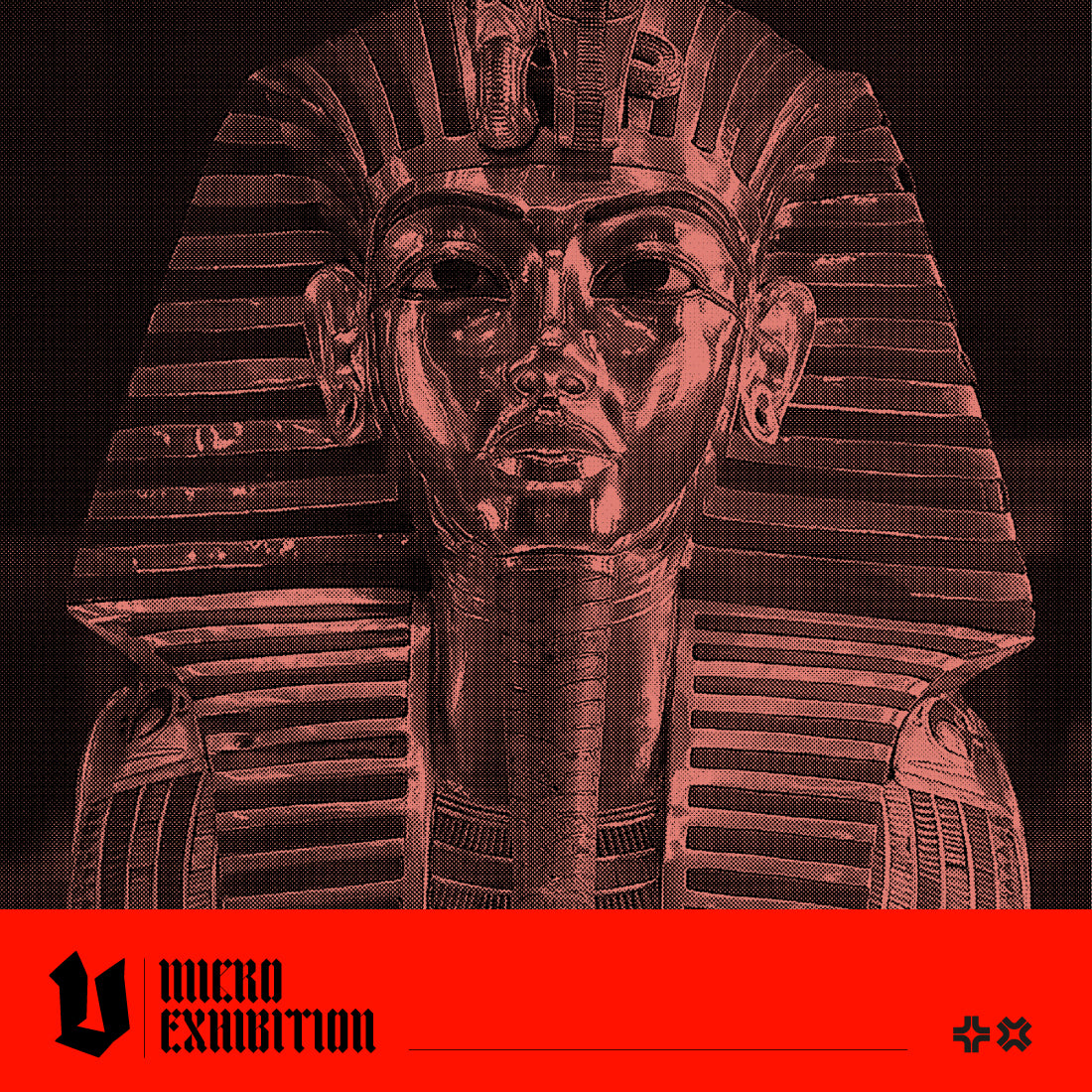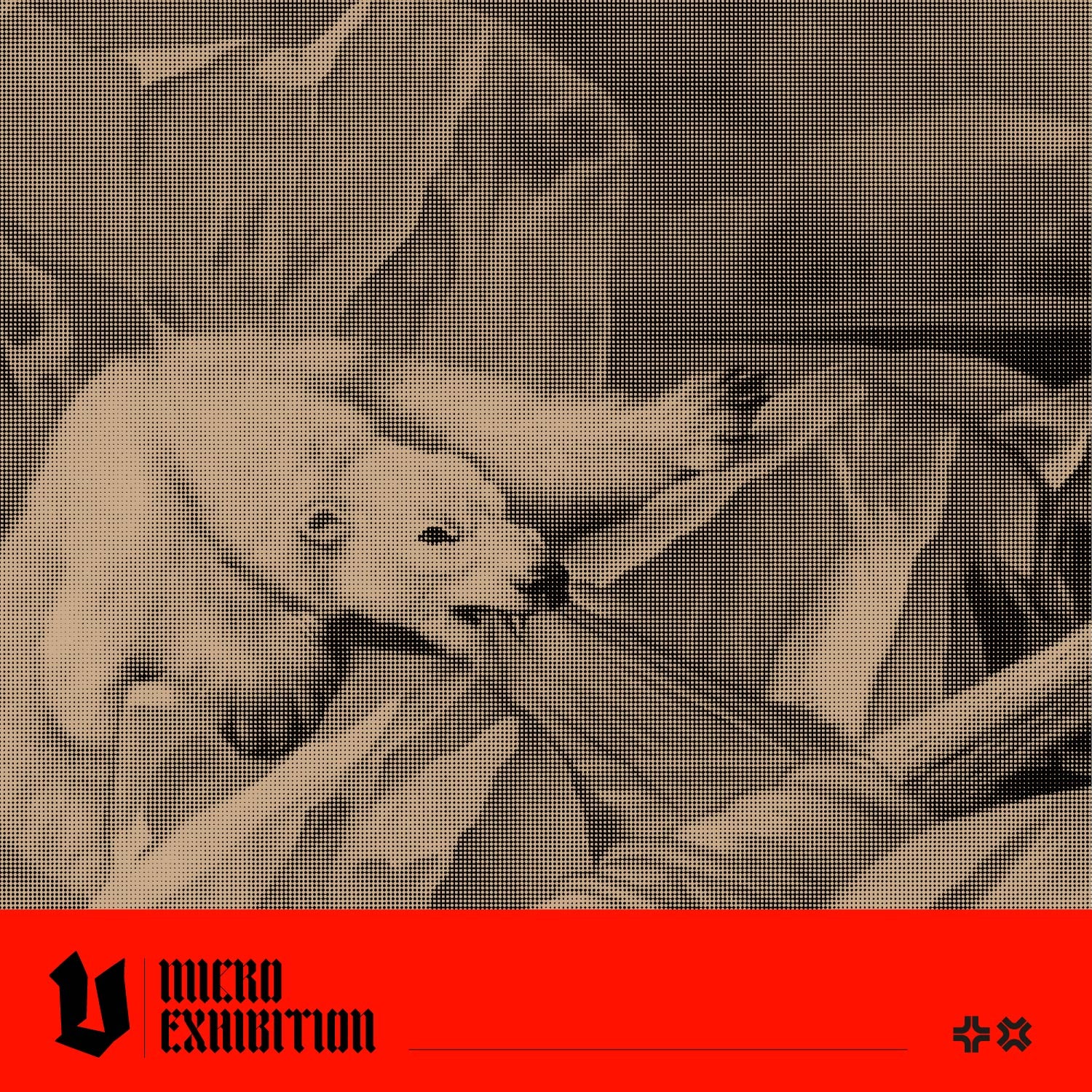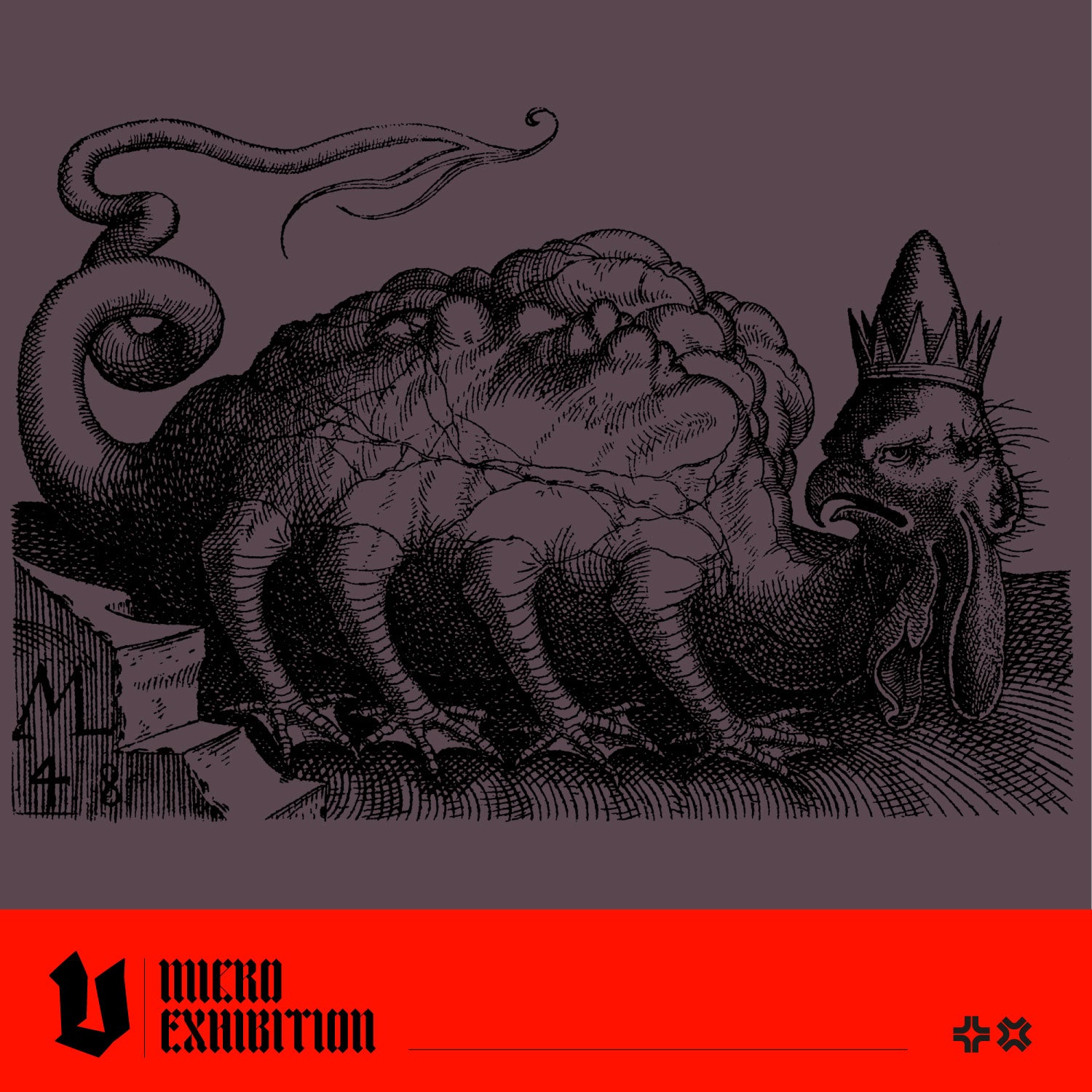An Introduction to Death Customs in Ancient Egypt
Death in ancient Egypt was a gateway to the afterlife. Many people were involved in the preparations to ready the deceased for what awaited them in the world beyond, especially if they were royalty. This article will discuss the mummification process for preparing the human body for the afterlife and the contents of royal tombs. Because we love spooky mysteries, we will also discuss the infamous curse of King Tutankhamun's tomb. Read on to explore the intriguing world of Egyptian mortuary customs!

|
Image from Skulls and Skeletons, an Image Archive for Artists and Designers
What Was the Process of Mummifying a Human Body?
The Ancient Egyptians had a complex ritual for mummification, a process designed to preserve the deceased's body for the afterlife. This was really important because they believed this was their soul's home. The procedure typically took 70 days and required many materials, tools, and techniques. In addition to the religious elements, the priests also needed knowledge of human anatomy.
The first step involved removing most of the internal organs; the brain was extracted through the nose with a hooked metal tool, while the chest and abdominal organs were removed via an incision in the left side of the abdomen. The heart was left intact, as the Egyptians believed it was an integral part of a person's intelligence. The stomach, liver, lungs and intestines were placed inside specialised boxes or canopic jars before being buried with the deceased person. Later mummification practices changed, and some of these organs were replaced in the body after being wrapped and treated.

|
Next, the embalmers would need to remove all moisture from the body. Natron is a natural sodium compound that was used to cover the body to dry it out. Additionally, packages of natron were placed inside the body to extract any remaining moisture. After numerous days of drying out, the packets were removed, and the body was gently rinsed with water. Despite severe dehydration, this process produced a mummified corpse that still resembled its human form. Linen and other materials were placed in recessed areas such as cheeks or eye sockets to add fullness, and false eyes were applied for aesthetic purposes.
The body would be wrapped in layers of linen bandages, often with amulets and prayers woven into the wrappings. The wrapping process was highly intricate, with individual digits carefully wrapped, in a time-consuming process that could involve up to 150 meters of linen. The priests may place a mask of the deceased person's face during the layering process, and a resin was also applied to coat the linen strips.
What Was Inside an Ancient Egyptian tomb?
The ancient Egyptians believed that the afterlife mirrored earthly life; thus, tombs were well-appointed with necessities and luxuries. The walls of royal tombs were adorned with intricate carvings depicting scenes of daily life, while the burial chambers contained opulent furniture, jewellery, clothing, and food. Shabti statues – small figures resembling servants – were often placed inside the tomb to assist the deceased in the afterlife. The ancient Egyptians believed that magic would transform these drawings and statues into actual items to be used by the dead in the afterlife.

|
A pectoral belonging to Tutankhamun, representing his prenomen.
What Was The Egyptian Book of the Dead?
The Egyptian Book of the Dead is a collection of spells and prayers. It was a vital part of Egyptian religious practices. It guided the departed soul on their journey through the afterlife, providing knowledge and protection against the trials they would face before they united with Osiris, the god of the dead. These texts were painted or inscribed on the walls of tombs and papyrus scrolls.

|
What is The Pharaoh's Curse?
"Cursed be those who disturb the rest of a Pharaoh. They that shall break the seal of this tomb shall meet death by a disease that no doctor can diagnose.
In modern times, the mystique of ancient Egypt has often been synonymous with tales of the famed 'Pharaoh's Curse', which are inscriptions placed on tomb entrances to deter grave robbers. In truth, these curses were rare in Ancient Egypt (appearing most frequently in private tombs in the Old Kingdom). The fascination with the Pharaoh's Curse intensified in the 1920s when Egyptologist Howard Carter discovered the tomb of King Tutankhamun. Mysterious deaths and ill fortune among the expedition team in subsequent years fueled widespread speculation about the power of an ancient curse. Although the validity of the Pharaoh's Curse is up for debate, the allure and wonder surrounding these stories remain.
Who Was King Tutankhamun?
King Tutankhamun (1343 BC-1324 BC) was an Egyptian pharaoh who ascended to the throne when he was nine or ten. During his reign, he reversed the religious and societal changes made by his father, Amenhotep IV, restoring the traditional polytheistic form of religion in ancient Egypt (worshipping multiple deities), reinstating Thebes as the capital city and mending diplomatic relations between neighbouring kingdoms. In his lifetime, he was one of few kings worshipped as a deity, a practice usually done after death for most pharaohs. He reigned until his death at age 19 or 20 from complications from an infected broken leg and malaria. Tutankhamun is well-known to contemporary audiences due to the 1922 discovery of his tomb, which contained vast amounts of treasure - it took Egyptologist Howard Carter ten years to catalogue nearly six thousand pieces! These priceless treasures included a dagger made of meteoric iron. The king's body is carefully preserved and on display at the Egyptian Museum in Cairo. Visitors can also marvel at the iconic Gold Mask of Tutankhamun, made of 11 kg of solid gold.
 The funerary mask of Tutankhamun, 18th-dynasty Ancient Egyptian Pharaoh photograph by Roland Unger |
The discovery of King Tutankhamun's tomb in 1922 ushered in an era of archaeological exploration into the ancient land of Egypt. But soon after, deaths from mysterious causes within their ranks and among prominent visitors to the crypt led many people to believe opening the tomb had awakened an ancient curse.
Was King Tutankhamun's Tomb Cursed?
English Egyptologist Howard Carter led a group to open and excavate the tomb of King Tutankhamun. George Herbert, the 5th Earl of Carnarvon, financed this group.
On 26 November 1922, Lord Carnarvon watched as Carter made a small hole in the top left corner of the door to King Tutankhamun's tomb. Carter peered inside by candlelight and witnessed first-hand the incredible discovery that lay beyond. Rumour has it that Carter didn't want to wait for the Egyptian officials to arrive, and a small group made a clandestine visit to King Tutankhamun's tomb that night. Carter, his assistant Arthur Callender, Lord Carnarvon and Lady Evelyn crawled through a gap in the doorway and became the first people in modern times to enter this sacred site. Once inside, they also ventured inside the inner burial chamber, the first people in thousands of years. The next day, Carter officially entered the tomb in the presence of an official from Egypt's Department of Antiquities.
On the day that Carter opened King Tutankhamun's tomb, he sent a servant on an errand to his house. Upon arrival, the servant heard a "faint, almost human cry". At the house's entrance, they saw a cobra had infiltrated Carter's birdcage, killing his canary. Speculators interpreted this as a sign that the ancient Egyptians were exacting their revenge on the day of the tomb's opening. The cobra is a powerful, ancient symbol of Egyptian royalty and represents the goddess Wadjet. An essential part of the monarch's crown is the Uraeus, a stylised depiction of an upright cobra with a dilated hood. You can see this example in King Tutankhamun's famous gold face mask. It is a display of power, authority and legitimacy.
Local rumours began to spread about a mysterious and powerful curse which grew due to media speculation whipping up public interest internationally.
Anthropologist Henry Field ventured to Egypt to explore the tomb of King Tutankhamun. He reported that Howard Carter's friend, Sir Bruce Ingram, was presented with an item described as a paperweight but was actually a mummified human hand adorned with a bracelet made from scarab beetle shells. The bracelet was inscribed with an ominous warning: "Cursed be he who moves my body. To him shall come fire, water, and pestilence." Shortly after Ingram accepted this macabre gift, his house mysteriously burned down in a devastating blaze. When the house was rebuilt following the fire, it experienced a severe flood. These strange occurrences prompted people to speculate that the curse inscribed on the bracelet may have been responsible for these disasters.

|
Image from Skulls and Skeletons, an Image Archive for Artists and Designers
Rumours began to spread about a mysterious and powerful curse on the party who opened the grave, which grew due to media speculation whipping up public interest internationally. Some of the attendants who died in the years following the opening included:
- Lord Carnarvon died a few months after the opening from complications arising from an infected mosquito bite.
- George Jay Gould, who visited the ancient tomb, died from pneumonia on the French Riviera on 16 May 1923 after contracting a fever while attending the excavation.
- A.C. Mace, one of Carter's excavation team members, died in April 1928 due to complications from pleurisy and pneumonia that had been afflicting him for years.
- Captain The Hon. Richard Bethell, Carter's secretary died in November 1929; he was found unresponsive in his bed at a Mayfair club and was believed to have been smothered.
- Howard Carter opened the tomb on 16 February 1923 and lived for more than sixteen years after discovering its secrets; however, many still ascribe his death to the mythical curse that supposedly lingers around the tomb of Tutankhamun.
It is important to note that of the 58 people who were present when Carter opened the tomb of Tutankhamun and his sarcophagus, only eight passed away within a dozen years; other individuals who were present during the opening of the tomb remained alive for many years after, including Lady Evelyn Herbert - daughter of Lord Carnarvon and one of the first people to enter Tutankhamun's burial chamber - living for 57 more years until she died in 1980. American archaeologist J.O. Kinnaman was also present at the opening and survived until 1961.
Do you think the curse of Pharaohs existed and sought revenge on those who disturbed his rest?

|
Inside Pharaoh Tutankhamun's tomb, 18th dynasty
Interested in Learning More?
The Ancient Egyptians believed that death was only the beginning of an eternal journey and that proper preparation of the deceased was necessary for success in their afterlife. Death practices such as mummification, burial rituals, and funerary offerings ensured that the dead would arrive in the afterlife ready to start their new life. The Ancient Egyptians' cultural practices continue to fascinate and inspire people worldwide; if you want to read more about this Ancient Egypt, we've included links to some interesting articles below.
King Tut Felled By Injury And Malaria, Not Murder (NPR)
Curse of the Pharaohs (Wikipedia)
Egyptian Mummification Processes (Smithsonian)
Respecting Human Remains (Penn)
What is the Egyptian Book of the Dead? (Getty)
If this article has inspired you to take a closer look at the awe-inspiring structure that is the human body, get our pictorial archive, Skulls and Skeletons, an Image Archive for Artists and Designers
If you'd like to discover more about ancient cultures and their mythology, check out Greek and Roman Mythology, an Image Archive for Artists and Designers.

|




